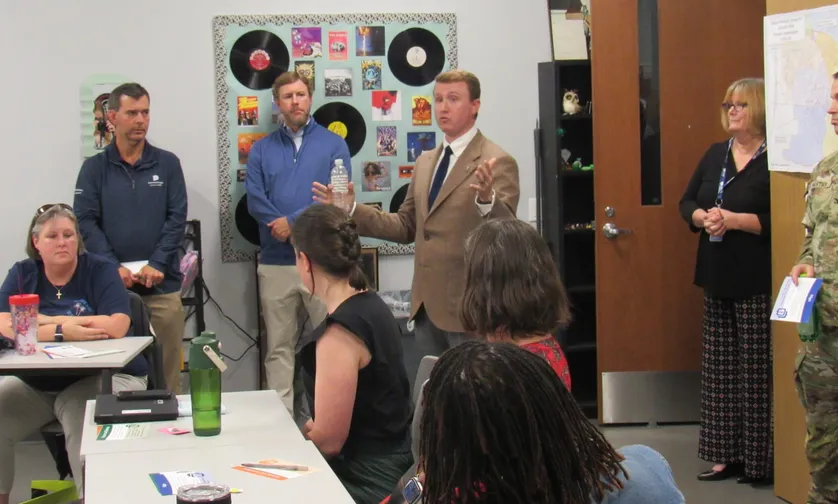‘Public distrust is at an all time high’ as frustrations boil over at Henrico School Board redistricting town hall
Board vice-chair Madison Irving says he will push against Quioccasin-Tuckahoe redistricting proposal

Board vice-chair Madison Irving says he will push against Quioccasin-Tuckahoe redistricting proposal
